All About the Hoodoos in Bryce Canyon National Park
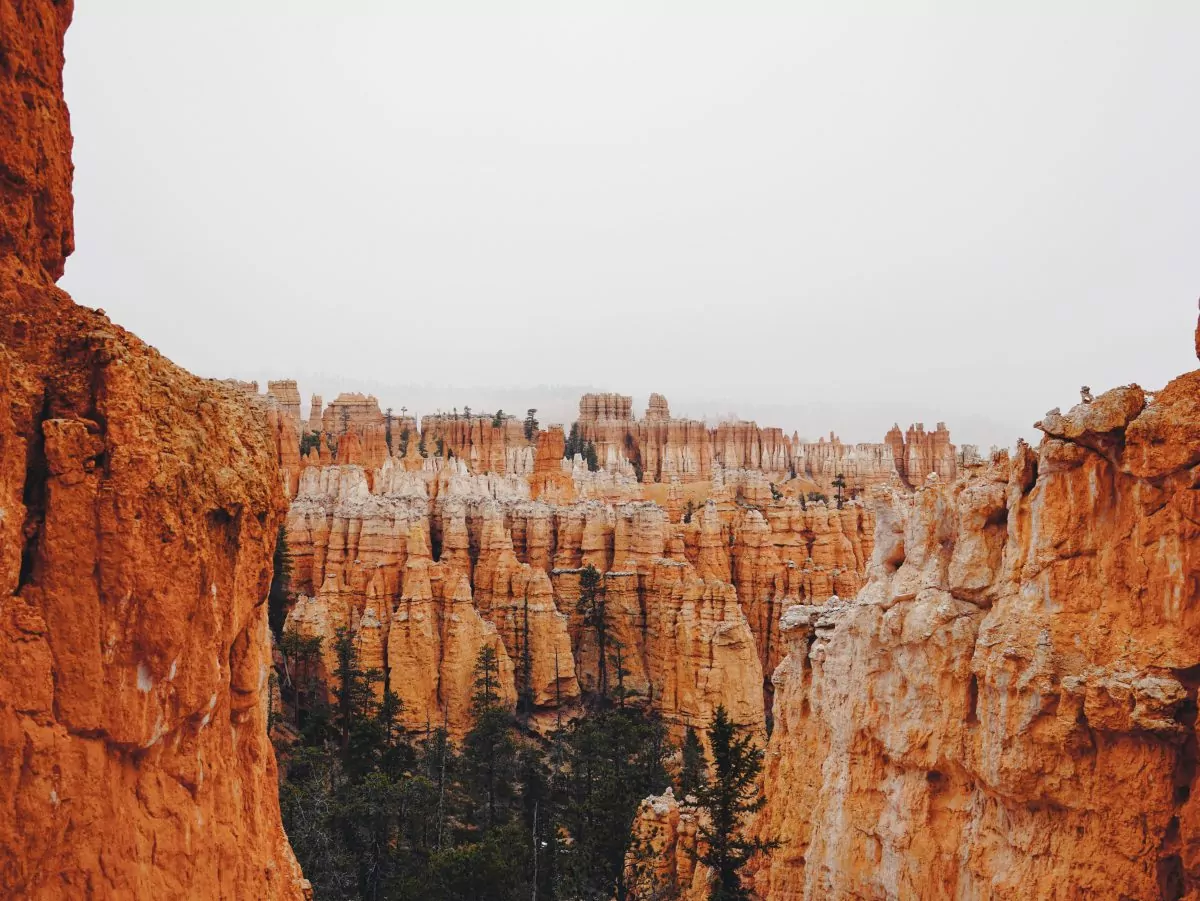
When most people think of a southern Utah hiking vacation, most of the images conjured up are of the sheer, towering walls of Zion National Park. But no visit to canyon country would be complete without a trip to Bryce Canyon National Park to stroll among its fairyland world of vermillion, orange, and tangerine towers known as hoodoos. These pillars of rock hold a magic of their own, and as you venture out on the trails, you’ll understand what we mean.
If you’re looking for interesting facts about hoodoos, you’ve come to the right place. What are hoodoos? How do they form? And where can you find them? Let’s explore their mysteries a little further.
What is a Hoodoo?
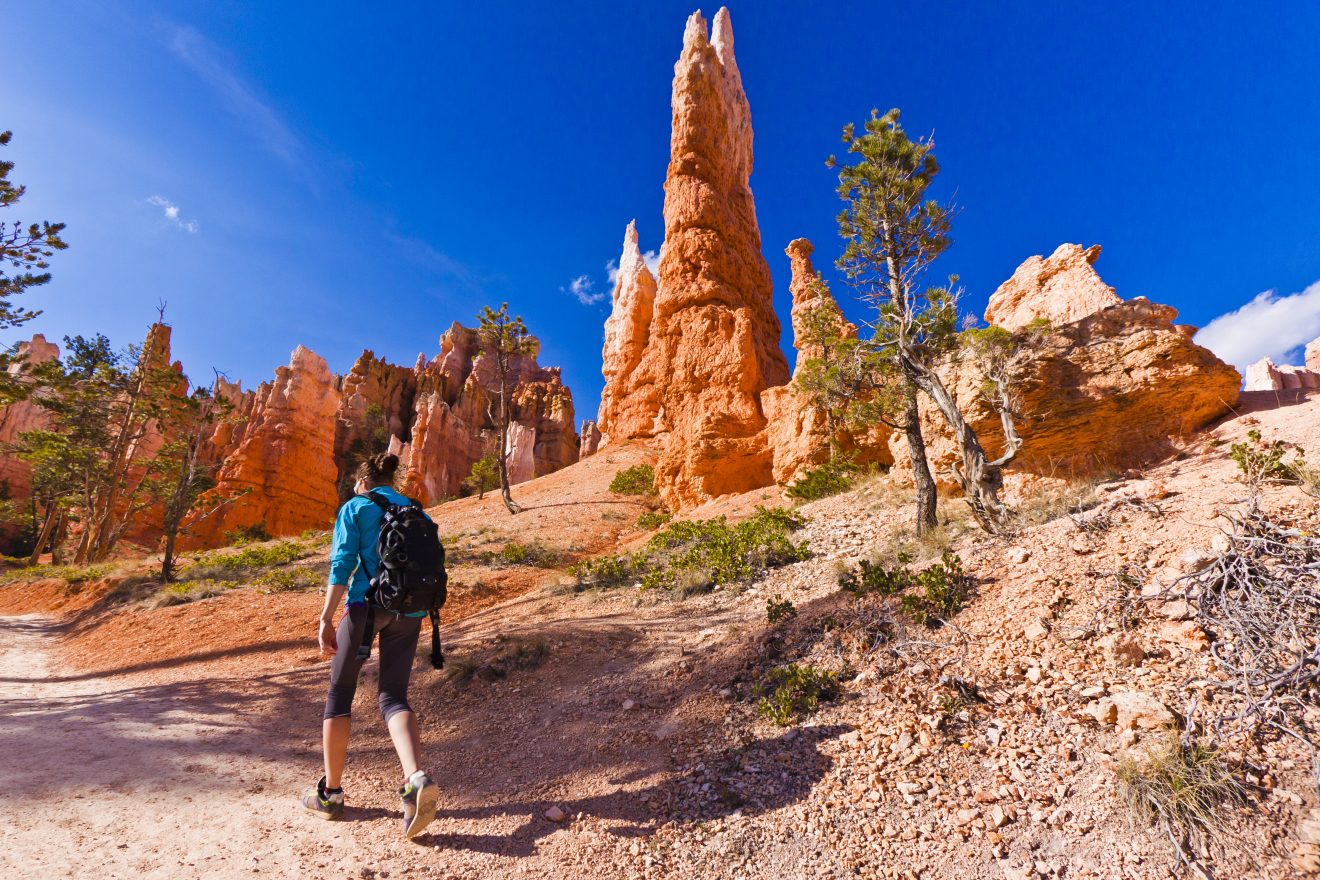
Hoodoos are pillars of rock, typically between 5 and 150 feet high. Unlike a spire (which tapers from bottom to top), hoodoos have a variable, totem pole-like thickness throughout their height. The towers are typically a softer sandstone capped by a more erosion-resistant layer of rock. As the softer rock of the pillar erodes away at a faster rate than the hoodoo cap, seemingly-impossible shapes form.
Where can I find Hoodoos?
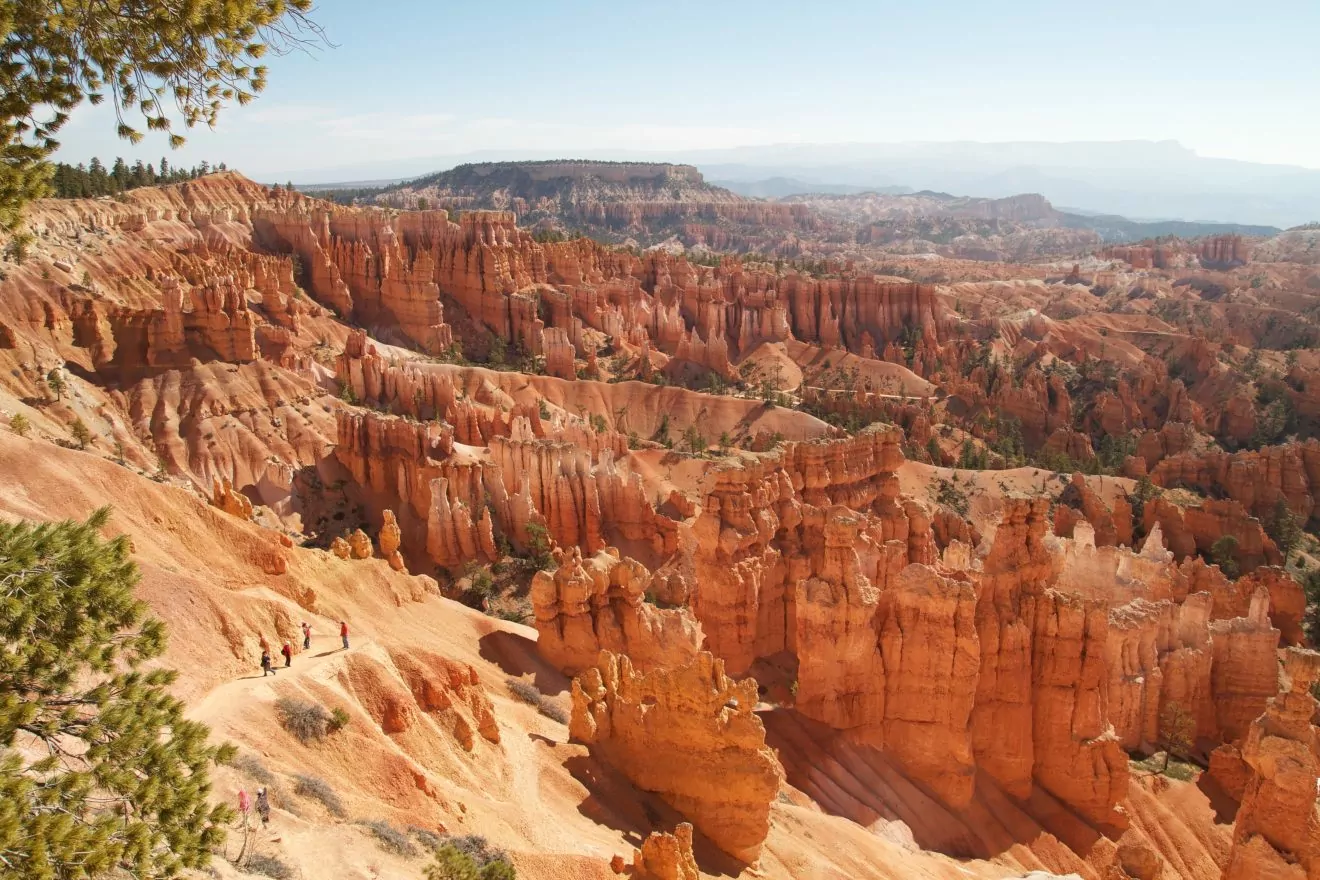
You can find hoodoos scattered throughout the High Plateaus region of the Colorado Plateau and the Badlands region of the Northern Great Plains. However, Bryce Canyon National Park hosts the highest concentration of them anywhere in the world.
You can also find hoodoos in other countries around the world. In the south of France, hoodoos are known as demoiselles coiffées (“ladies with hairdos”) or cheminées de fées (“fairy chimneys”). They are one of the primary tourist attractions in the Cappadocia region of Turkey, and are as far flung as Serbia, Taiwan, and Alberta. Wherever they are found across the globe, hoodoos inspire awe and tourists flock to see these pillars of wonder.
How do Hoodoos form?
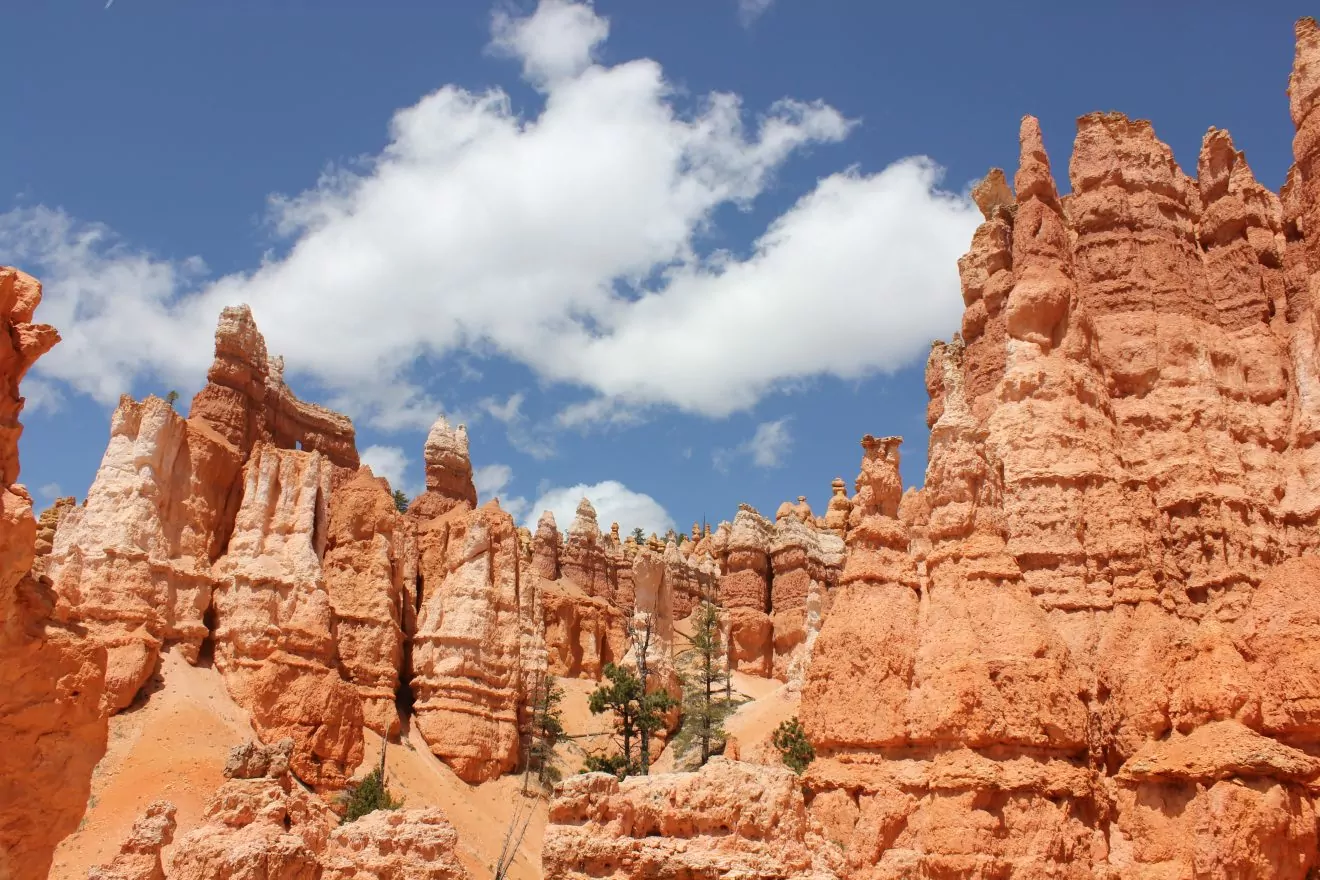
Hoodoos tend to form in arid badlands with sporadic, heavy rainfall. In these climates, differential weathering and erosion of horizontal rock strata carve out these magnificent towers.
But let’s roll back the clock a little. Eons ago, wind and water deposited layers of mud, sand, and silt across the land. In the case of Bryce Canyon, sediments were deposited at the bottom of a huge ancient lake. These softer layers were then covered by more erosion-resistant layers, such as limestone. Now that the ingredients were in place, the magic could begin. Over time, tiny cracks in the protective caprock (limestone) layer are penetrated by water, allowing frost wedging — the primary erosional process — to take place. During this freeze/thaw cycle, water infiltrates the underlying rock layer. When it freezes, it expands as much as 10%, generating as much as 2000 pounds of pressure per square inch (PSI). For comparison, limestone has a tensile strength somewhere in the neighborhood of 300 psi.
Bryce Canyon National Park, located on the edge of the Paunsaugunt Plateau, experiences over 200 days of freeze/thaw cycle per year, lending to its propensity for hoodoo formation. As the plateau edge erodes away, it leaves projections or fins. These fins continue to erode beneath the caprock and, eventually, a window forms. As the window continues to open, the pillar can no longer support the weight of the caprock, and the window collapses. This leaves the isolated towers that we know as hoodoos.
The Paiute Story
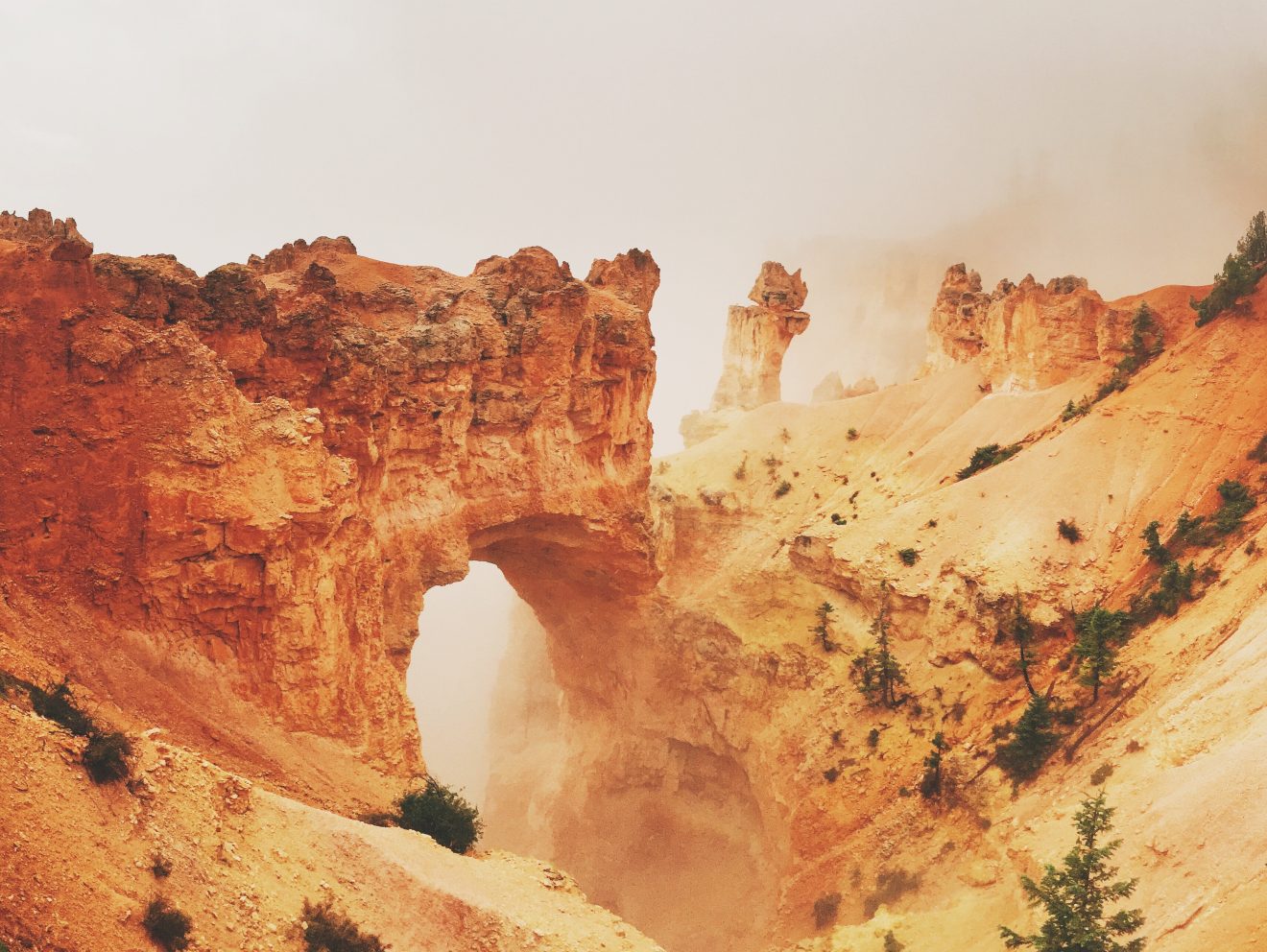
The Paiute people who have inhabited the area for centuries have their own origin story for the hoodoos of Bryce Canyon. As the story goes, long before the Paiute people lived in the region, the land was inhabited by the To-when-an-ung-wa, or The Legend People. The To-when-an-ung-wa lived too heavily upon the land. They would drink up all of the streams and rivers in spring, leaving no water for the other creatures during the summer. They ate up all the pine nuts in the fall, leaving no food in winter. Eventually, the other creatures appealed to Sinawava, the Coyote, a very powerful spirit. Coyote, being a notorious trickster, invited the To-when-an-ung-wa to a lavish feast, and of course, they all came dressed in their finest with elaborately painted faces. When they sat down to eat, Coyote began turning his guests to stone. They fled in terror, scrambling over the edge of the plateau and toppling over one another, making the many different sizes and shapes of hoodoos that we see today. The Paiute people call them Angka-ku-wass-a-wits (red painted faces), referring to the many colors of the hoodoos.
However they got here, the hoodoos of Bryce Canyon National Park are a wondrous sight to see. Come and walk among them on your next Utah hiking vacation. Maybe you will see the faces and hear the whispers of the To-when-an-ung-wa.
experience the wonders of the hoodoos




